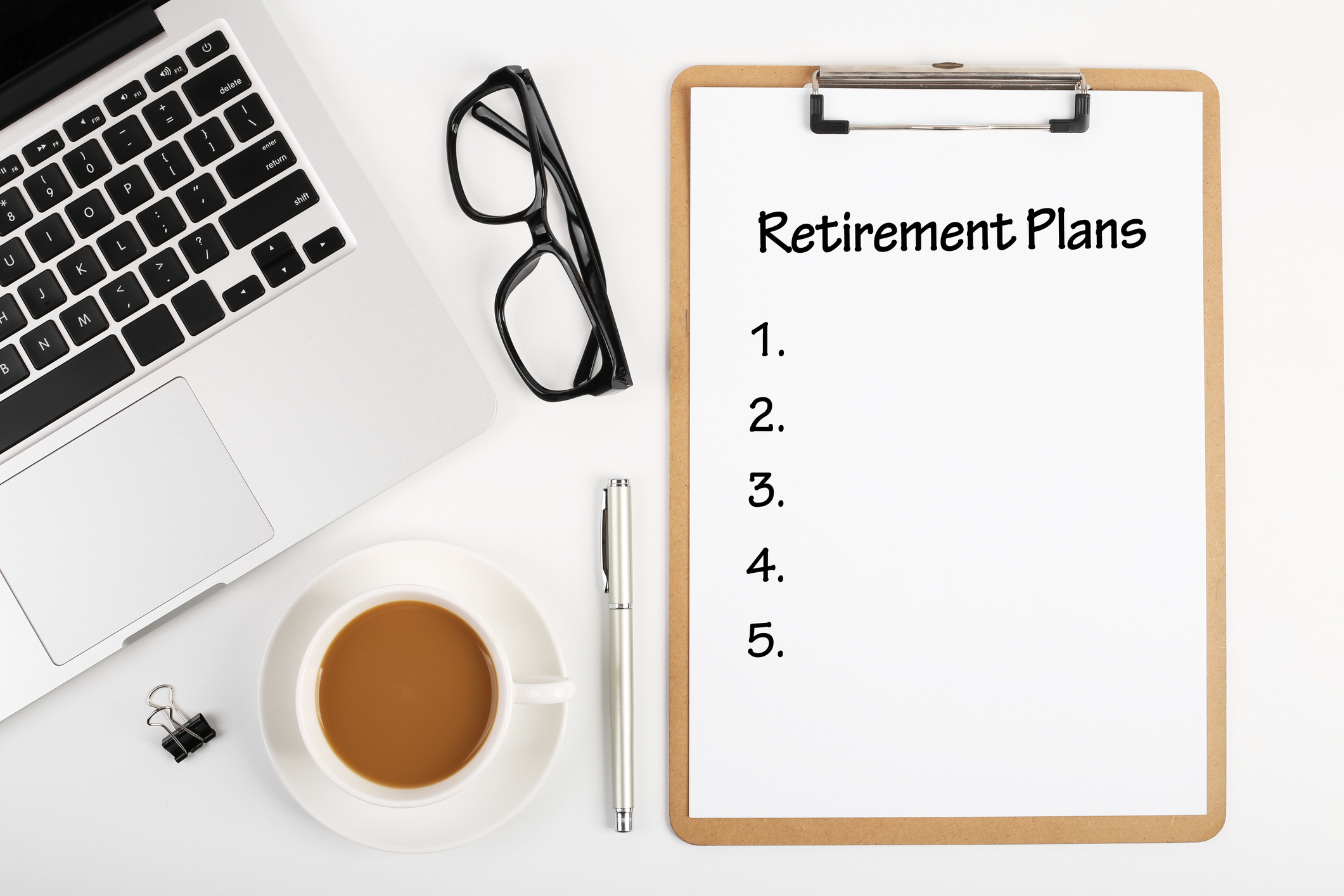What Killed Pensions
Corporate pensions went from holding $250 billion in excess funds to being underfunded.

There's a litany of stock answers to the question of why private-sector pensions are disappearing. For starters, most workers don't stick with an employer long enough to benefit from a traditional pension, which becomes most valuable only after decades on the job. Large employers claim they can't compete with foreign and domestic rivals that aren't burdened by similar retirement-benefit costs. Throw in a few years of volatile stock prices and low interest rates, which boost pension costs, and many employers say they had to abandon pensions in favor of 401(k) plans, shifting the risk and most of the expense to employees.
At least, that's what we've been told. But now a new book claims that other factors may have been behind the demise of some private pensions. "Companies have been largely responsible for the retirement crisis -- and it was not an accident," says Ellen Schultz, former investigative reporter for the Wall Street Journal and author of Retirement Heist: How Companies Plunder and Profit From the Nest Eggs of American Workers (Portfolio, $26.95).
In her book, Schultz details how corporate pensions went from holding $250 billion in excess funds in the late 1990s to being collectively underfunded today. Hundreds of plans have been frozen (meaning employees may collect benefits based on past work but do not earn future benefits), and retiree health benefits are an endangered species.
From just $107.88 $24.99 for Kiplinger Personal Finance
Become a smarter, better informed investor. Subscribe from just $107.88 $24.99, plus get up to 4 Special Issues

Sign up for Kiplinger’s Free Newsletters
Profit and prosper with the best of expert advice on investing, taxes, retirement, personal finance and more - straight to your e-mail.
Profit and prosper with the best of expert advice - straight to your e-mail.
What happened. Surplus pension assets are supposed to remain in the plans to provide a cushion for the inevitable times when investment returns are weak and interest rates fall -- like today. But years ago, employers persuaded Congress to relax the rules to allow them to use their overfunded pension plans to help cover other benefits, such as retiree health plans and early-retirement buyouts (which preserved cash the companies would otherwise have used to pay for both). Although that might have sounded like a good idea at the time, it essentially allowed companies such as Verizon and General Motors to use pension assets to finance corporate downsizings.
Others, such as IBM, moved hundreds of millions of dollars of executive pension liabilities into their rank-and-file pension plans without earmarking additional funds to pay for them. As a result, pension funds were severely depleted. Dramatic stock market losses did the rest.
Separately, changes to accounting rules required companies to disclose future pension and retiree-health-plan obligations on their balance sheets. On the surface, the changes seemed a step toward greater transparency. But the new rules had a perverse effect: Cutting future retiree benefits improved a company's bottom line, which in turn increased executive pay tied to corporate earnings. "By giving companies an incentive to reduce liability on the books, the accounting rules turned retiree benefits into a cookie jar of potential earnings," Schultz writes.
Not all employers that offered a pension plan engaged in these practices, but those identified in Schultz's exposé read like a who's who of corporate America. Her original analysis is based on company data, government filings, internal corporate documents and confidential memos.
Most workers view traditional pensions as part of a bygone era. Yet more than 42 million Americans are still covered by a pension plan. Unfortunately, most don't understand the details of how their plan works.
If you're lucky enough to have a pension, ask the important questions. Find out how long it takes to become vested -- meaning you qualify for future benefits -- and at what age you can collect. If you are offered the choice between taking your payout as a lump sum or as a monthly payout for life, hire a financial planner or an independent actuary to verify that the lump-sum offer truly reflects the benefits you have earned. It's your money. Protect it.
Profit and prosper with the best of Kiplinger's advice on investing, taxes, retirement, personal finance and much more. Delivered daily. Enter your email in the box and click Sign Me Up.

-
 Dow Hits a Record High After December Jobs Report: Stock Market Today
Dow Hits a Record High After December Jobs Report: Stock Market TodayThe S&P 500 also closed the week at its highest level on record, thanks to strong gains for Intel and Vistra.
-
 Is Home Insurance Tax Deductible?
Is Home Insurance Tax Deductible?With home insurance rates on the rise, you might be hoping to at least claim the cost as a tax deduction. Here's what you need to know ahead of tax season.
-
 The December Jobs Report Is Out. Here's What It Means for the Next Fed Meeting
The December Jobs Report Is Out. Here's What It Means for the Next Fed MeetingThe December jobs report signaled a sluggish labor market, but it's not weak enough for the Fed to cut rates later this month.
-
 States That Tax Social Security Benefits in 2026
States That Tax Social Security Benefits in 2026Retirement Tax Not all retirees who live in states that tax Social Security benefits have to pay state income taxes. Will your benefits be taxed?
-
 Retirees in These 7 States Could Pay Less Property Taxes Next Year
Retirees in These 7 States Could Pay Less Property Taxes Next YearState Taxes Retirement property tax bills could be up to 65% cheaper for some older adults in 2026. Do you qualify?
-
 6 Tax Reasons to Convert Your IRA to a Roth (and When You Shouldn't)
6 Tax Reasons to Convert Your IRA to a Roth (and When You Shouldn't)Retirement Taxes Here’s how converting your traditional retirement account to a Roth IRA can boost your nest egg — but avoid these costly scenarios.
-
 10 Retirement Tax Plan Moves to Make Before December 31
10 Retirement Tax Plan Moves to Make Before December 31Retirement Taxes Proactively reviewing your health coverage, RMDs and IRAs can lower retirement taxes in 2025 and 2026. Here’s how.
-
 The Rubber Duck Rule of Retirement Tax Planning
The Rubber Duck Rule of Retirement Tax PlanningRetirement Taxes How can you identify gaps and hidden assumptions in your tax plan for retirement? The solution may be stranger than you think.
-
 The Most Tax-Friendly State for Retirement in 2025: Here It Is
The Most Tax-Friendly State for Retirement in 2025: Here It IsRetirement Tax How do you retire ‘tax-free’? This state doesn’t tax retirement income, has a low median property tax bill, and even offers savings on gas. Are you ready for a move?
-
 ‘I Play Pickleball in Retirement.’ Is It HSA-Eligible?
‘I Play Pickleball in Retirement.’ Is It HSA-Eligible?Retirement Tax Staying active after you retire may be easier with these HSA expenses. But there’s a big catch.
-
 Retire in the Bahamas With These Three Tax Benefits
Retire in the Bahamas With These Three Tax BenefitsRetirement Taxes Retirement in the Bahamas may be worth considering for high-net-worth individuals who hate paying taxes on income and capital gains.